Estrogen Balance
Updated Mar. 27th, 2024
Estrogen is a sex hormone present in all humans. In men the estrogen levels are much lower and are dwarfed by testosterone production. In women, estrogen levels fluctuate during the menstrual cycle and alternate with progesterone. In general, estrogen is responsible for everything associated with the first half of the menstrual cycle, including building up the lining of the uterus and preparing for ovulation. Estrogen levels are balanced in the body by progesterone, the hormone responsible for maintaining the uterine lining, and holding the body in a pregnancy-ready state. A drop in both of these hormones results in menstruation, the shedding of the lining of the uterus. Excess estrogen can be due to high estrogen levels, or due to low progesterone levels resulting in a relative excess of estrogen.
Forms of Estrogen
There are a number of different forms of estrogen that can have effects in our bodies. Some are created by the human body (endogenous or internal), and some come from the outside world (exogenous or external). Exogenous estrogens can be from chemical sources (xenoestrogens), or from plant sources (phytoestrogens). For more information on xenoestrogens, please see our Estrogen Detoxification article.
Endogenous Estrogens
Estrogens produced in the human body are mainly produced by the ovaries although some come from the liver and adrenal glands. Interestingly, human fat cells also secrete estrogen, so carrying excess weight can contribute to hormonal imbalances. There are three naturally occurring estrogens in women called: estrone (E1), estradiol (E2), and estriol (E3).
E2 is the most active and influential form of estrogen in the body during our reproductive years, while E1 plays the largest role during menopause. See the chart below for a summary of endogenous estrogens. For more information on metabolites, see the paragraph on estrogen metabolism below.
Nutritional Information
| estrogen | # | % of estrogen | activity | metabolite |
|---|---|---|---|---|
| estrone | e1 | 10 - 20% | moderate | 2-oh-e / 4-oh-e |
| estradiol | e2 | 10 - 30% | high | 2-oh-e |
| estriol | e3 | 60 - 80% | least | 4-oh-e / 16-alpha-e |
Phytoestrogens
Phytoestrogens are estrogens sourced from plants that also have a hormonal effect in the human body. They are not as strong as endogenous estrogens, however they can be of benefit to balancing estrogen in the body. Phytoestrogens are beneficial when estrogen are too high as well as too low. This is because they block estrogen receptors when estrogen levels in the body are too high – causing less of a response. If the body is low on estrogen, phytoestrogens will stimulate receptors in place of natural estrogen. In these ways, plant estrogens can help to balance women’s estrogen levels.
Xenoestrogens ("Zee-no estrogens")
There are a number of industrial chemicals that have estrogenic effects, meaning that they can bind and stimulate the body's estrogen receptors. Some examples of these compounds are: PCB (Polychlorinated biphenyl), BPA (Bisphenol A) and phthalates. Most of us are familiar with these substances from news reports of their being banned from manufacturing practices. The hormonal disruption caused by the accidental ingestion of these chemicals is associated with developmental abnormalities in babies, and with certain types of hormone sensitive cancers like breast or uterine cancer. These compounds have also been associated with infertility in male wildlife in regions of contamination. It would not be a far stretch to assume that similar effects would occur in human males exposed to the same substances.
Estrogen Receptor
There are specific receptors, called estrogen receptors (ER), located in high concentrations in hormone sensitive tissues, such as the breasts and uterus. These receptors control the expression of certain genes, which control the development of the physical characteristics we associate with females (such as breasts). Interestingly, most female cancers are tested for the presence or absence of this receptor, as its presence may help to direct the anti-cancer therapy.
Estrogen and Mood
Estrogen plays a significant role in women's mental health. Sudden drops in estrogen levels in the body are associated with depressed mood. It is theorized that this may be what is responsible for postpartum depression, and the mood swings of menopausal and premenstrual women. Excess estrogen can also cause a number of problems in women, such as:
Nutritional Information
| signs of estrogen dominance (excess estrogen) | |
|---|---|
| breast tenderness | hypoglycemia |
| breast cancer | increased blood clotting |
| decreased sex drive | irregular & heavy menstrual bleeding |
| infertility | endometriosis |
| uterine fibroids | mood swings |
| fat gain around the middle | ovarian cysts |
| fibrocystic breast disease | uterine cancer |
| headaches | water retention and bloating |
Estrogen Metabolism
The health risks associated with estrogen dominance are actually due to the metabolic breakdown products of the various estrogen subtypes. Healthy breakdown and excretion of estrogen also requires proper liver and colon function. For more information on these metabolites and how to detox excess estrogen levels, please click here.
Supplementation
There are a number of supplements that can help the body to naturally rebalance its own estrogen levels. Ensuring sufficient fibre in the diet to prevent reabsorption of excreted estrogen, and herbal support to help the body balance hormones naturally, can both help to keep hormonal balance in the body. See the list below for supplements that may help to regulate female sex hormone balance. If excess estrogen might be a problem for you, see the estrogen detoxification article using the link above for more information on supporting proper estrogen metabolism.
Important Information
The use of hormone regulating herbs is not recommended when you are suffering from hormone-sensitive cancers or conditions, as there is a risk of aggravation. Low progesterone levels can mimic the effects of excess estrogen. Consult your healthcare practitioner to ensure you are treating your hormonal imbalance in the correct way.

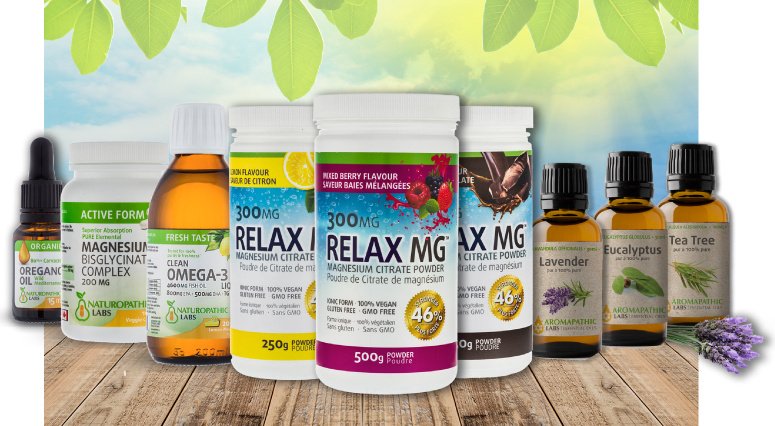
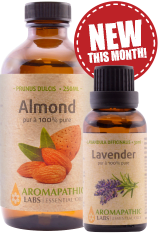
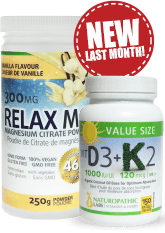


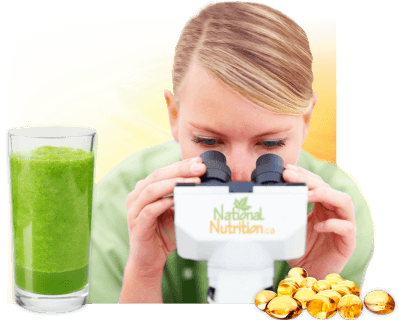





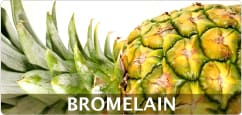


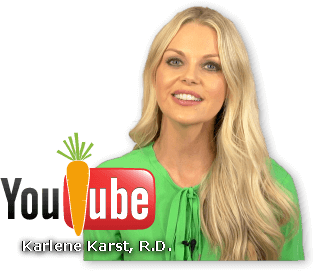



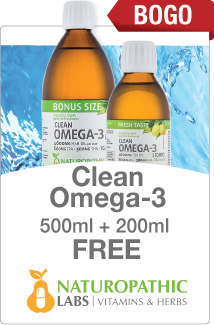
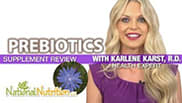
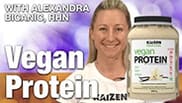
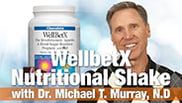
A good source of phytoestrogen is soy milk. I've been experiencing hot flashes and my naturopath suggested Red Clover in addition to more soy products in my diet. I've been making my own soy milk so I can control the amount of sugar (store bought has so much sugar!). It has not eliminated, but has helped with my symptoms.
Hello EAllen,
Thank you for sharing your experience and what has helped you. That is a great way to increase phytoestrogen, glad it worked for you and that you're enjoying our articles. Here's an article on women's health you may also enjoy:
https://www.nationalnutrition.ca/articles/health-concerns/womens-health/
Have a healthy day!
Very interesting and informative read. I love your articles!
Hello Mary,
Thank you! We love that you can enjoy and learn from our articles, that's why we have worked so hard on them. We hope these remedies help you and if you're interested, check out our recipes too!
https://www.nationalnutrition.ca/articles/healthy-recipes/
Stay well!
This was an excellent read and very informative article. I have had issues with hormone imbalance and nothing seemed to help. I'm happy to try the natural route.
This article was very helpful i understanding about estrogen balance and I often eat many foods that increase estrogen but I do supplement with balancing herbs which helps. I have cysts in my breasts that are benign but directly effected by stress and estrogen levels, have read a lot of research on this and estrogen balance so it was helpful that the article talks about this condition, many of the balancing supplements I actually buy from national nutrition.ca have loved this website for many years great work!!
Hello, Irina,
Thank you for sharing. We're glad you enjoyed this article and learned more about a health concern that affects you. It's nice to learn if the supplements you are taking are indeed beneficial for the concern at hand and how they work for you. You can learn more about each individual supplement you take in this group of articles: https://www.nationalnutrition.ca/articles/supplements/
Stay healthy & well.